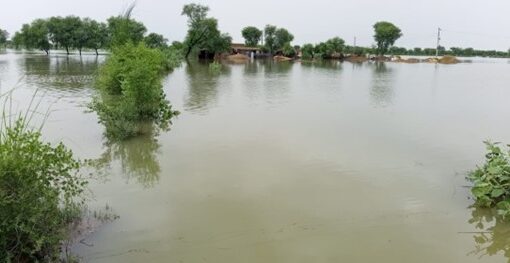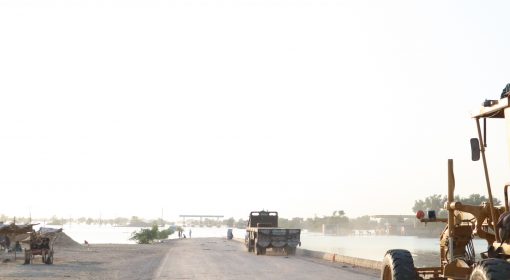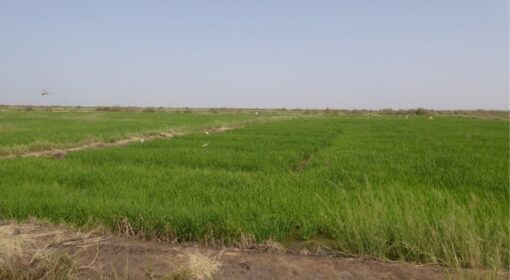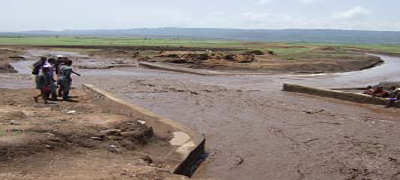Karim Nawaz and Frank van Steenbergen
The Kachhi plains in Baluchistan, Pakistan, are flooded seasonally by numerous ephemeral rivers. These ephemeral rivers drain into the plains from the north (Nari River, Johan, and Bolan), the north-east (Lehri and Chakar rivers), the east (various seasonal creeks), and the west (Mula river). Here a large food and fodder basket has been in place for centuries, based on the use of the short-term seasonal floods – supporting the cultivation of sorghum, oilseeds, chickpeas, wheat. The floods also deposit fertile alluvial soils in the area, adding further to the high productivity of the Kachhi plains. The entire region is dependent on the short term flood ‘spate’ flows of ephemeral rivers and occasional precipitation. Ground water in the Kacchi Plains is either too deep or too brackish to be of any value.
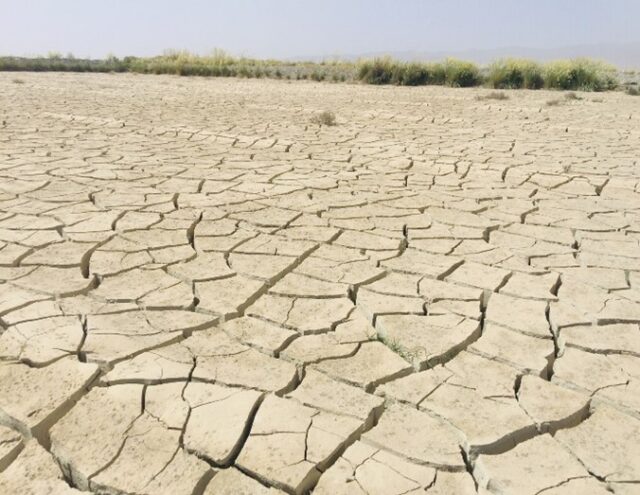
The entire area moves with the pulse of the floods: the cultivation of crops, the movement of pastoralists to harvest and use the stubble, the movement of tractors for land preparation. Even migration is necessitated by the prolonged absence of rainfall and floods. On the contrary years of high flood bring different dynamics, with spate flow arriving at the far reaches of the area, that are usually not served.
Whereas the northern portion of the Kacchi plain depends entirely on the spate flows, the lower southern portion of the area are irrigated by semi-perennial and perennial irrigation canals that take water from barrages in the Indus River. As is common in many perennial irrigation systems in the southern part of Pakistan irrigation supplies are too high, causing water logging and salinity, undoing much of the benefits that perennial irrigation water brings to such arid areas. In order to remove the excess water drainage canals are constructed, though of low capacity.
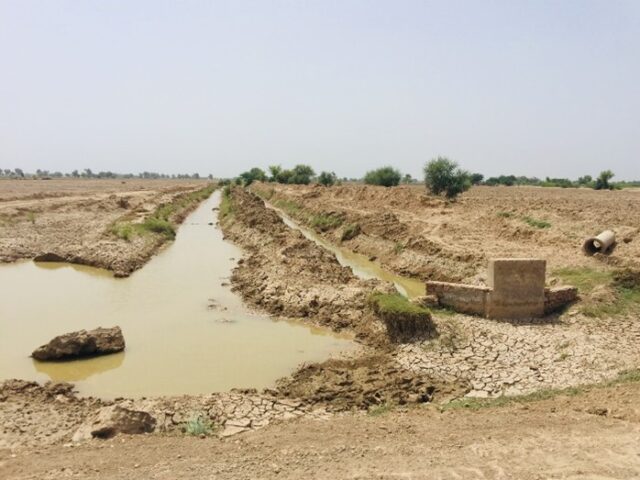
At the fringes of these perennial canal system and at the extreme tail end of the spate irrigation, farmers have developed innovative and low-cost methods to make use of the very marginal water supplies – the drainage water and the occasional spate floods reaching these areas.
Local farmers utilize the spate flow of ephemeral rivers in accordance with historical water rights associated with the spate irrigation system. The command areas of the Nari River, which is the major river in the region, are granted water rights from the 1st of June to the 31st of August, which is when almost all floods occur. As per conventional water rights, the downstream regions are granted access to spate flows in the remaining duration, while upstream farmers are restricted from obstructing or diverting the floodwater during this period.
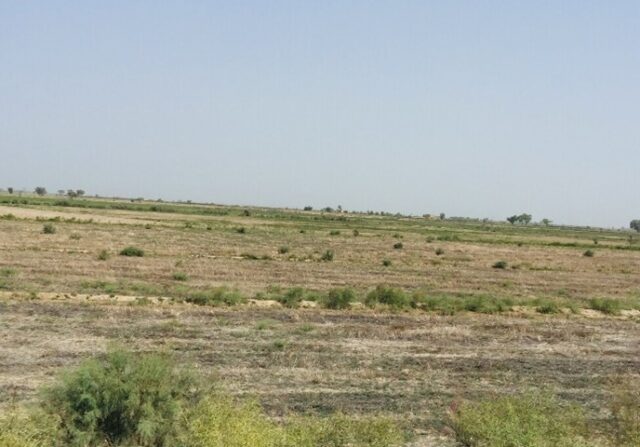
The out of season or excess flood water is directed towards the southern region. Following the implementation of a canal system in the Naseerabad Division, the conventional path of spate flow has been intercepted and redirected towards the southwest along the banks of the canals. This region also experiences an occasional influx of water from the aforementioned ephemeral rivers, which subsequently collects inside this area. The velocity of spate flow in this location is relatively moderate due to the flat topography, which causes sediments to settle more readily compared to upstream regions. Water flows downward, saturating the soil. The deposition of sediment, subsequent to its retreat, leads to the formation of fissures within the soil. Farmers engage in the practice of sowing various crops appropriate for the specific time or season, employing a method known as broadcasting, which requires no ploughing.
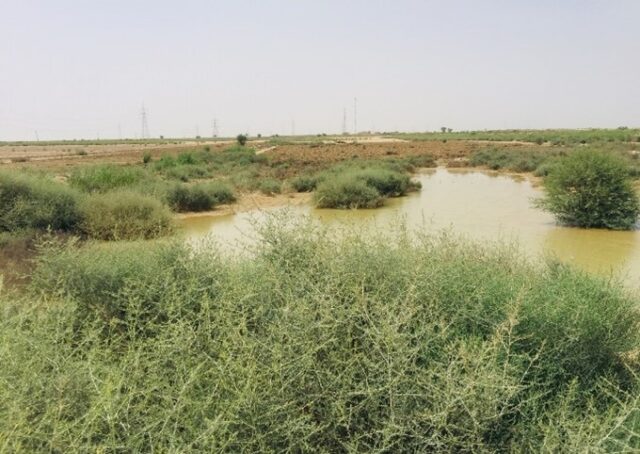
The occurrence of spate flow in these extreme tail ends is however unpredictable and infrequent. Farmers in this region have, however, adopted creative methods to address this challenge. The canal system is equipped with drainage channels to address the issue of saline waterlogging that arises from continuous irrigation. Farmers utilize this low-quality, highly saline drainage water, to irrigate extensive tracts of land dedicated to the cultivation of several staple crops, including wheat, sorghum, chickpeas, and fodder crops. The utilization of salty water has detrimental effects on soil quality, make it impossible to cultivate land in the consecutive year. Instead, the surplus spate flows are utilized in the subsequent season to irrigate and rejuvenate the soil, by flushing out the salts. When there is no spate flow, fields are left fallow for a period of three to four years until they can regenerate through natural processes, such as the use of rainwater. The land in the meantime is still productive. A proliferation of indigenous shrubbery occurs, serving as a valuable resource for animals, particularly camels, goats, sheep, and cattle. The vegetation also provides fuel wood and is used as construction material, mostly for the construction of modest dwellings, which are commonly utilized by families of limited financial means. The application of this coping strategy in challenging environments is cost-effective and facilitates the preservation, replenishment, and utilization of saline water, while simultaneously transforming excess floodwater into a beneficial resource.
